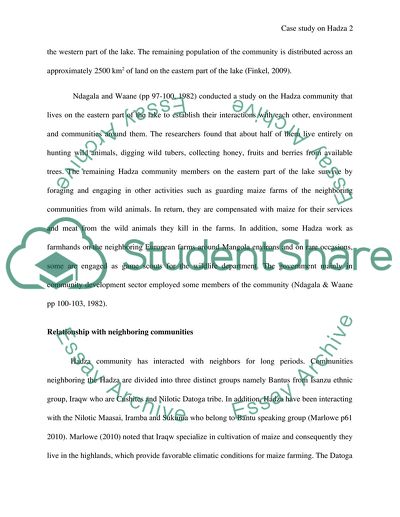Cite this document
(The Hunter-Gatherer Life of the Hadza in a Contemporary World Case Study, n.d.)
The Hunter-Gatherer Life of the Hadza in a Contemporary World Case Study. Retrieved from https://studentshare.org/culture/1743904-the-hunter-gatherer-life-of-the-hadza-in-a-contemporary-world
The Hunter-Gatherer Life of the Hadza in a Contemporary World Case Study. Retrieved from https://studentshare.org/culture/1743904-the-hunter-gatherer-life-of-the-hadza-in-a-contemporary-world
(The Hunter-Gatherer Life of the Hadza in a Contemporary World Case Study)
The Hunter-Gatherer Life of the Hadza in a Contemporary World Case Study. https://studentshare.org/culture/1743904-the-hunter-gatherer-life-of-the-hadza-in-a-contemporary-world.
The Hunter-Gatherer Life of the Hadza in a Contemporary World Case Study. https://studentshare.org/culture/1743904-the-hunter-gatherer-life-of-the-hadza-in-a-contemporary-world.
“The Hunter-Gatherer Life of the Hadza in a Contemporary World Case Study”, n.d. https://studentshare.org/culture/1743904-the-hunter-gatherer-life-of-the-hadza-in-a-contemporary-world.


